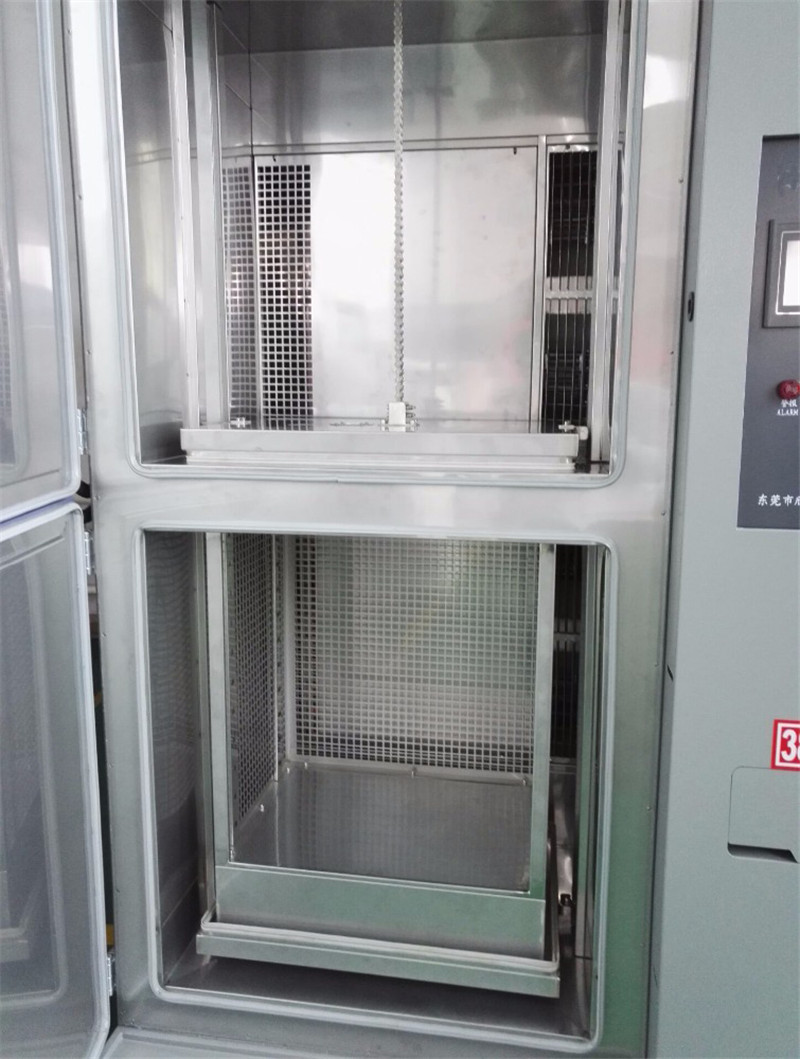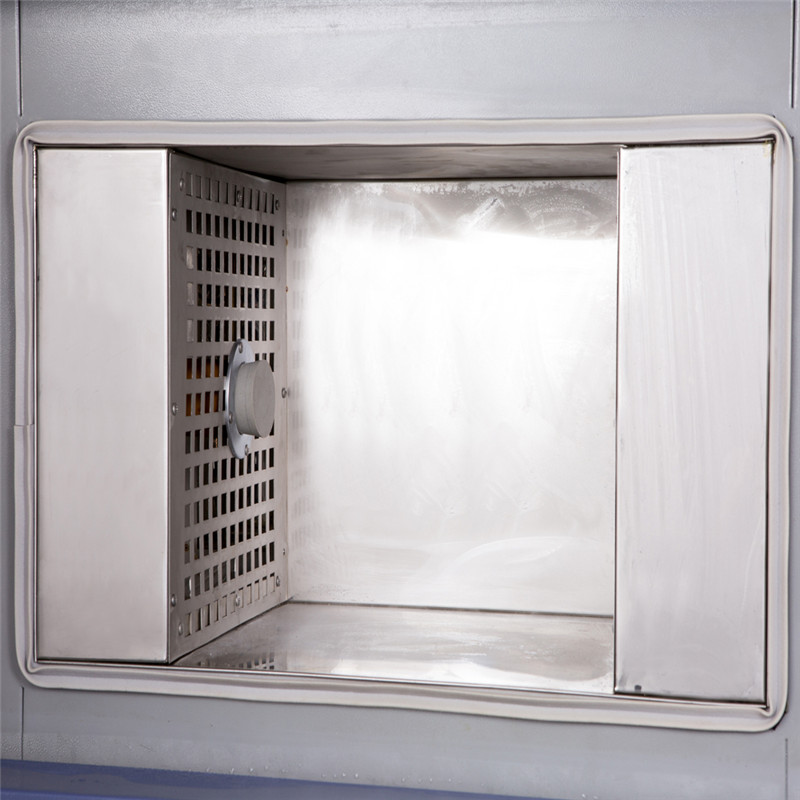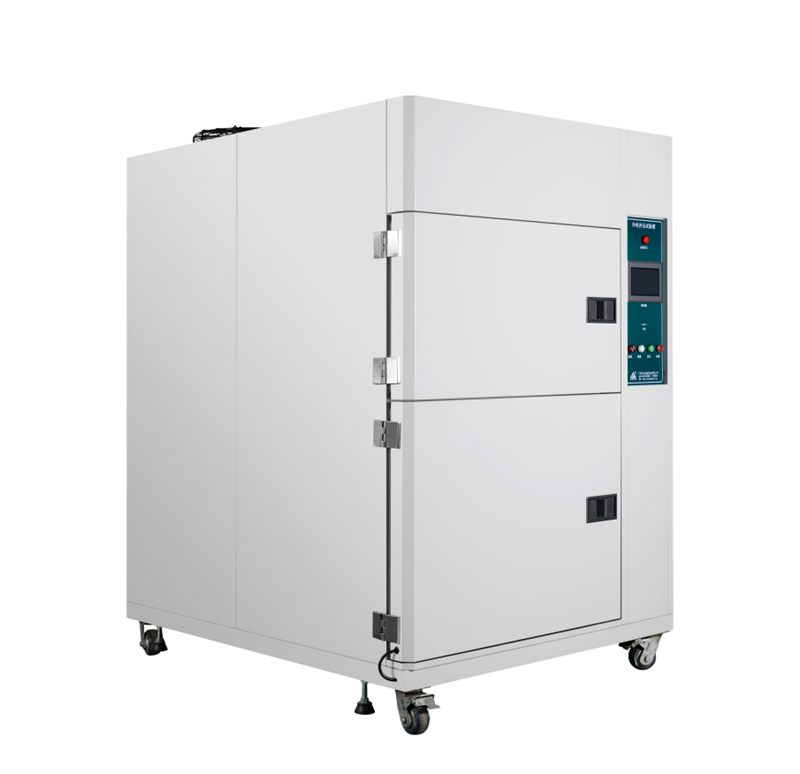Climate test chamber, also known as climate chamber, temperature and humidity chamber or temperature and humidity chamber, is a device specially designed for material testing in simulated changing environmental conditions. These test chambers enable researchers and manufacturers to subject their products to various environmental conditions and study their responses to those conditions.


The importance of climate chambers
Climate chambers are essential for studying various materials and products under different environmental conditions. Such environments range from extreme heat to freezing temperatures, high humidity to dryness, and even exposure to UV light or salt spray. By simulating these conditions in the controlled environment of a test chamber, researchers and manufacturers can test the durability and performance of their materials and products over time.
Climate chambers have grown in popularity over the years as the industry realizes the importance of environmental testing of their products. These industries include automotive, aerospace, electronics, and pharmaceuticals, among others. For example, in the automotive industry, climate chambers are used to test the durability of automotive components such as fuel pumps, transmissions, and engines. Such tests help prevent failures and potential safety hazards. In the pharmaceutical industry, climate chambers are used to test the stability of drugs and vaccines under different environmental conditions to ensure their efficacy and safety.

Types of climate chambers
There are several types of climate chambers on the market, depending on the specific testing requirements and the environmental conditions being simulated. These test chambers range from small tabletop-sized mockups to large walk-in rooms, depending on the size of the product and the environmental conditions being tested. Some of the most common types of climate chambers include:
1. Pure incubator: Pure incubator only controls the temperature condition, without humidity control.
2. Humidity Only Chambers: These chambers control the humidity level and have no temperature control.
3. Temperature and Humidity Chambers: These chambers control temperature and humidity levels.
4. Salt spray test chamber: Simulate salt spray and salt spray conditions for corrosion resistance test.
5. UV Chambers: These chambers simulate UV exposure which can cause premature fading, cracking and other forms of product damage.
6. Thermal Shock Chambers: These chambers rapidly change the temperature of the product under test to study its ability to withstand sudden temperature changes.
Post time: Jun-09-2023

